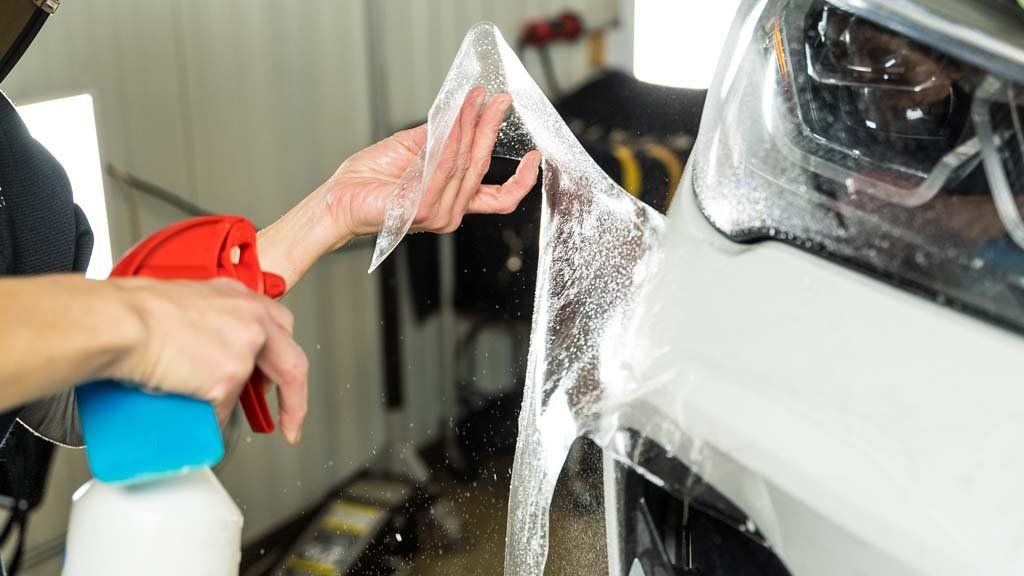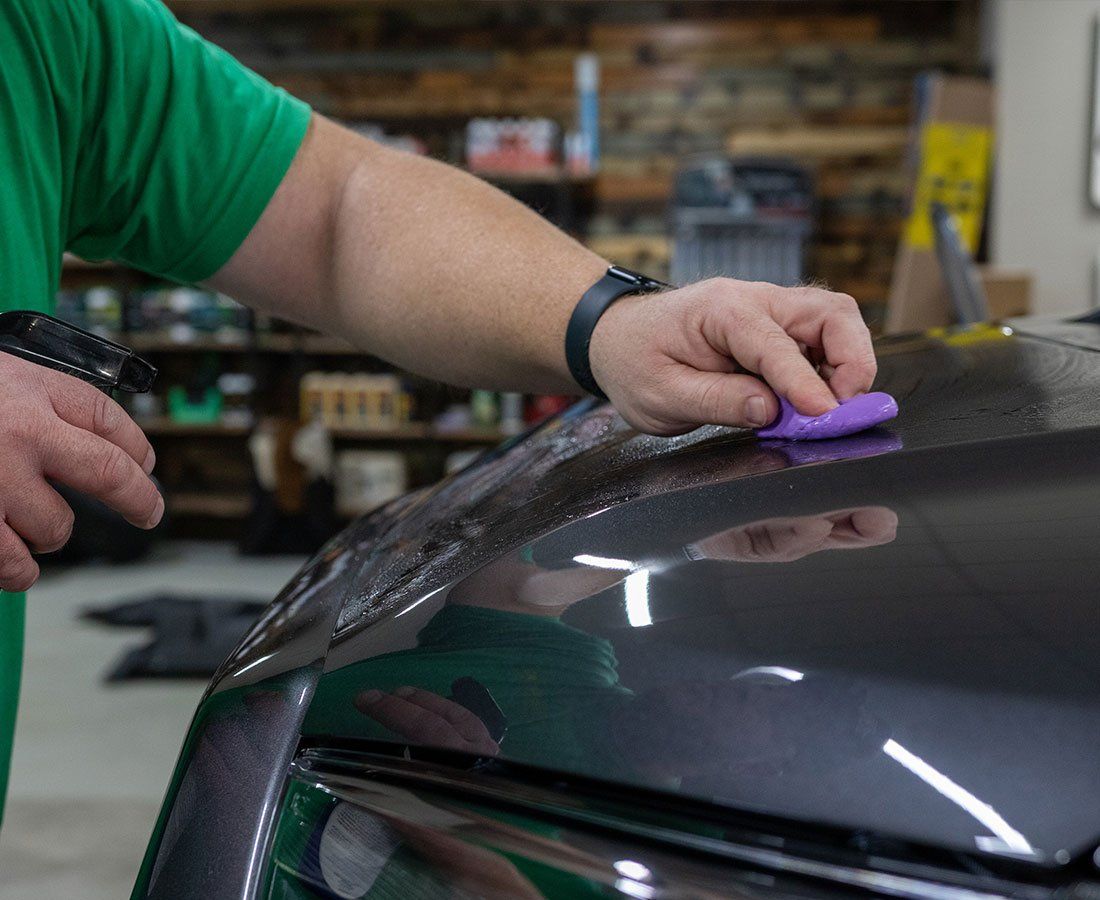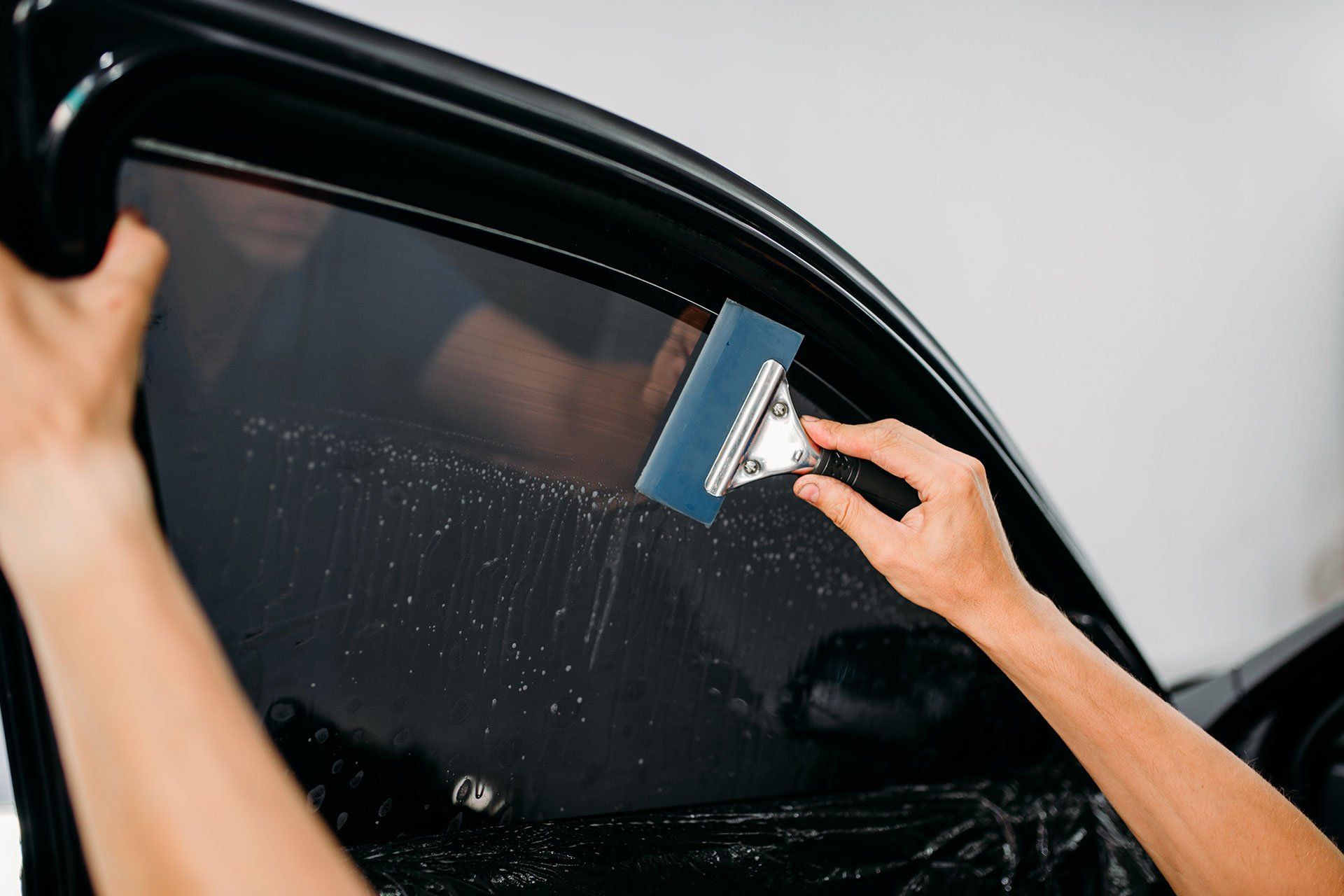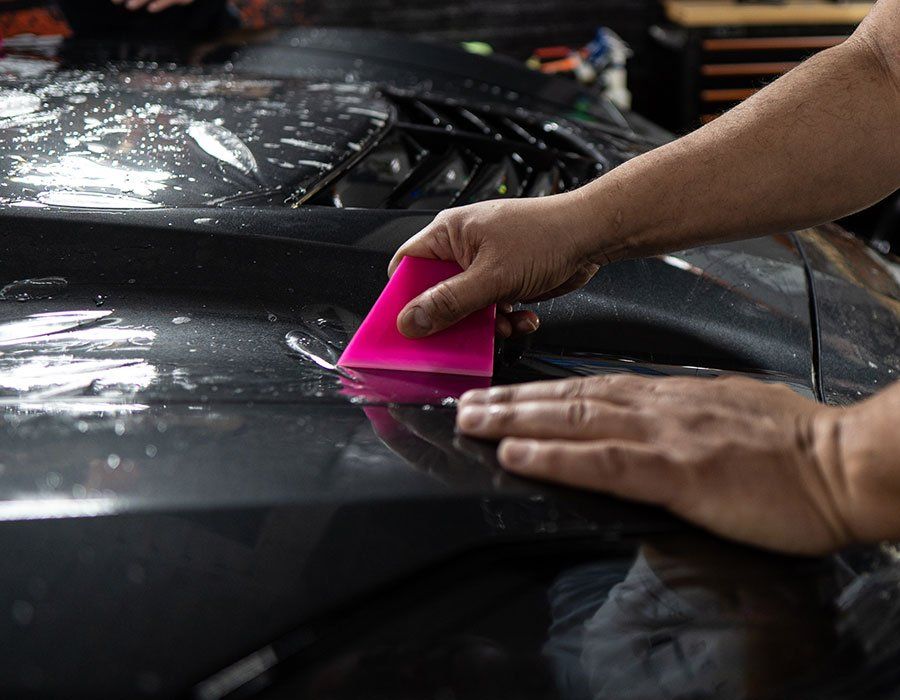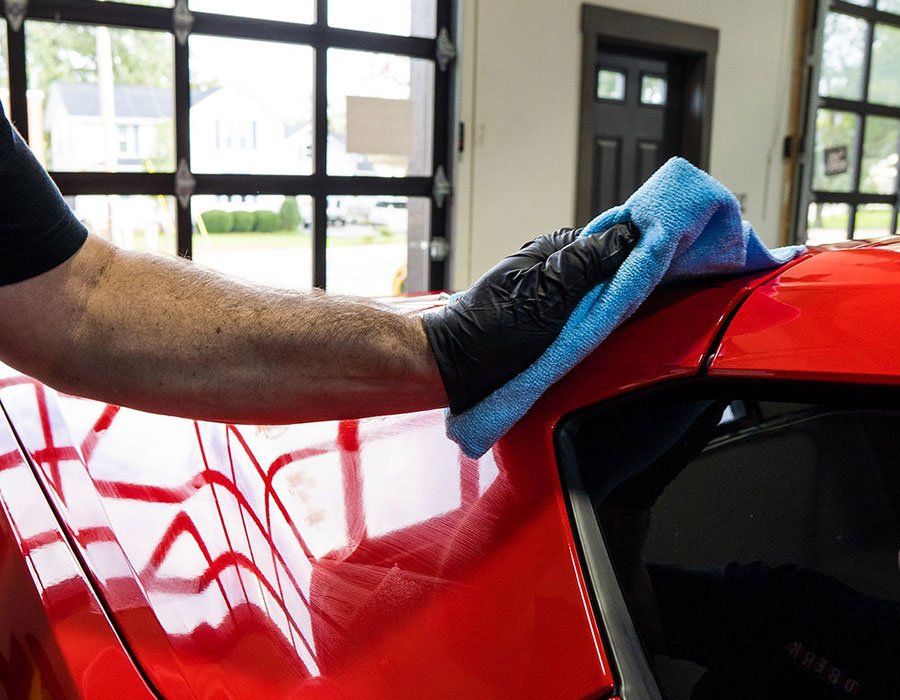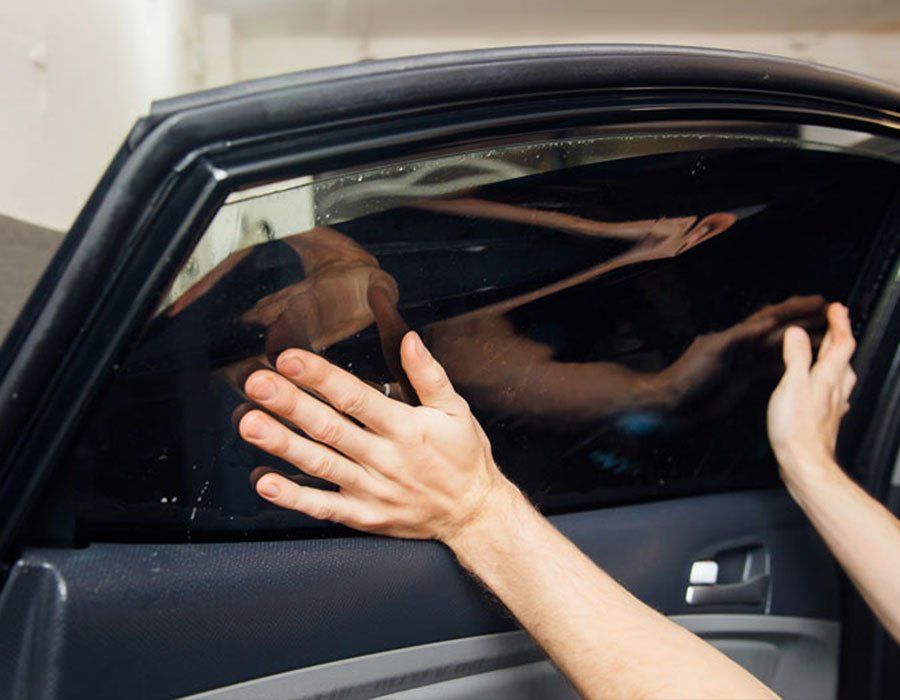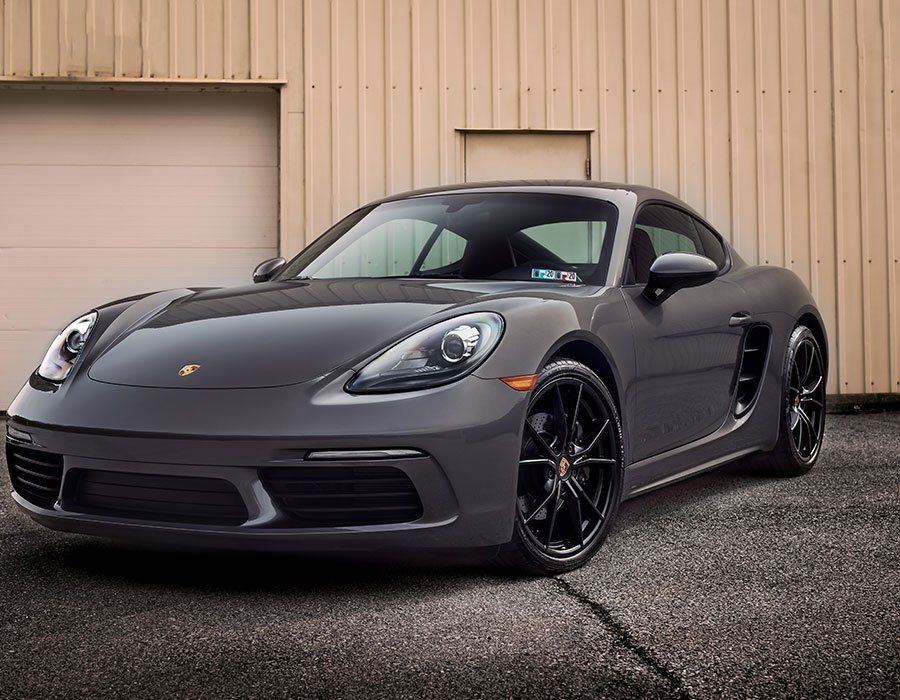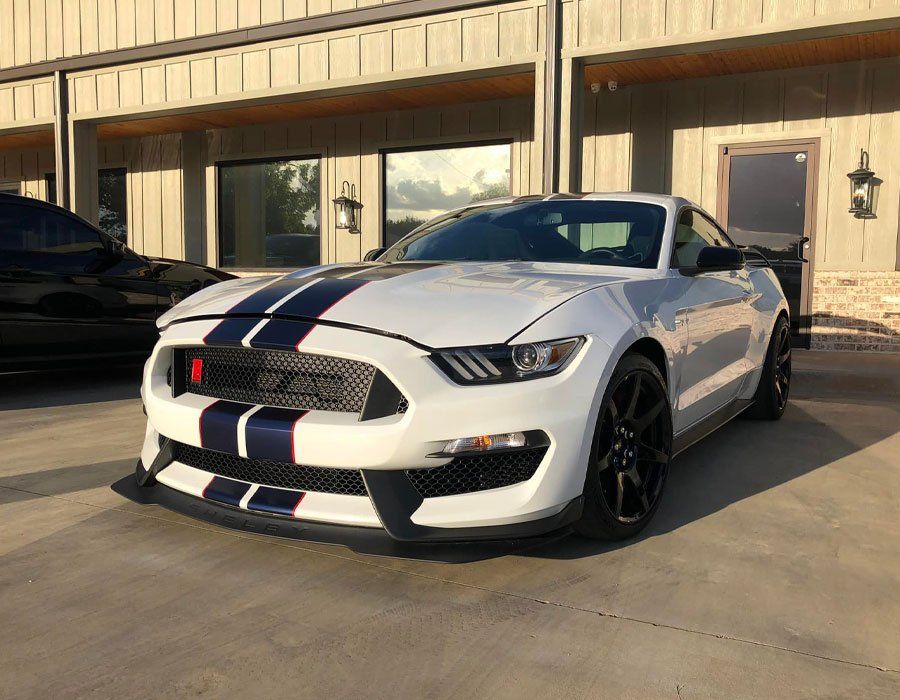
If you're sick of waxing and polishing your car and want to try something new, a ceramic coating could be the answer. Most people don't think of ceramic when they think of protective coatings, but that's only because they haven't seen the advantages of this type before. A ceramic paint coating can make a big difference in the look of any car's paint job. It is also known as "paint armor" or "paint coating" and has grown in popularity significantly in recent years.
Ceramic coatings can be installed in two ways: by a professional or by yourself. Ceramic coating, whether done by a professional or by yourself, is a good way to protect your car from UV rays and other things that can damage it over time. They each have their own set of advantages and disadvantages, so keep reading for more information on both types so you can make an informed decision about which is best for you.
What Are Ceramic Coatings?
Ceramic coatings are composed of inorganic materials such as silicon dioxide (SiO2) or silicon carbide (SiC), which harden into an extremely thin and durable layer on the surface of your vehicle. The ceramic paint coating is applied to the surface of your vehicle, providing excellent protection from UV rays, rock chips, water spots, chemicals, heat, and general wear and tear.
Professional Ceramic Coating for Cars
Professional installation is the best way to ensure that your car's ceramic coating is properly applied. Auto Film Guys has been installing ceramic coatings for years and knows what it takes to do it correctly the first time. The advantages of hiring a professional are as follows:
Quality Control
Professional installations take into account a variety of factors such as temperature, sun exposure, and so on, allowing them to better guarantee their work. Most professionals have spent thousands of dollars on advanced equipment and countless hours honing their craft. Having a professional install your vehicle's ceramic coating will save you both time and money in the long run.
Security from Scratches and Swirl Marks
Professionals are also more likely than you to thoroughly clean the surface before applying the new film or coating, lowering the possibility of dirt particles scratching through your new protection before you even get it home.
Faster Process
A professional can finish a job faster than you can because they don't have to waste time looking for supplies and reading up on how-to guides. They have the tools and expertise required to complete the job quickly and without wasting time on minor details.
Furthermore, because it will not harm an existing ceramic coating, it is an excellent refresher for revitalizing and deepening a suitable coating that is a few years old with less effort (and expense) than starting from scratch.
Unique Coating Formulations
Professional ceramic coating installers will have access to custom or limited edition formulas that DIY enthusiasts will no longer have access to. These unique formulations contain additional polymers or other ingredients that give them a slight advantage over what is typically offered on manufacturer's websites, making them a must-have for discerning customers who want nothing but the most cutting-edge protection available today.
The only disadvantage of hiring a professional to install ceramic coatings is:
The Cost of Installation
Some argue that hiring a professional to install your ceramic spray coating would be prohibitively expensive. You should not be concerned about the cost of ceramic coating. Consider your investment in protecting your vehicle with something that will last - not just now, but in the future as well. Would you pay more now to avoid regretting not spending enough later?
DIY Ceramic Installation
There are a few pros to installing your car's ceramic coating yourself, such as:
The Ability to Do it at Your Own Pace
It allows you to spread out the work and avoid feeling rushed. Some people also enjoy the sense of accomplishment that comes from finishing a project and having control over how it turns out.
Saves You Money
It is less expensive to apply ceramic coatings yourself than to hire a professional. DIY ceramics will save you $500–$1000 or more on installation costs, depending on the size of your vehicle and the materials used for installation.
The downsides to DIY installation include the following:
- Only one can guide you through the process if you have experience working with these materials. Be careful not to damage any parts of your car during an installation.
- You also won't have a warranty from someone else in case something goes wrong after installation.
- The DIY ceramic coating kit can also be challenging to install without the right tools.
Contact Auto Film Guys for High-Quality Ceramic Coating Services
There are numerous options available for protecting your vehicle. Waxes, sealants, and other natural oils can help protect the surface and keep your vehicle looking great, but they will only stand up to minor scratches. A nano-ceramic coating is what you need if you want something that will last and keep your car looking great for years to come.
At Auto Film Guys, we do everything possible to protect and enhance the appearance of your vehicle. With our years of experience in the business, we're sure we can give your car the best ceramic coating installation service. We provide the highest quality products at competitive prices, as well as unrivaled customer service. There is no better combination anywhere else. Aside from ceramic coatings, we also install paint protection film (PPF) and tint windows.
That being said, if you want to apply ceramic coating or correct the paint on your car, please contact us at (727) 940-2340. We would be happy to answer any questions you have and provide you with a free quote for ceramic coating installation on your vehicle. You can also contact us and our expert team is happy to answer ceramic coating FAQs or any questions you may have.
The Auto Film Guys Blog
